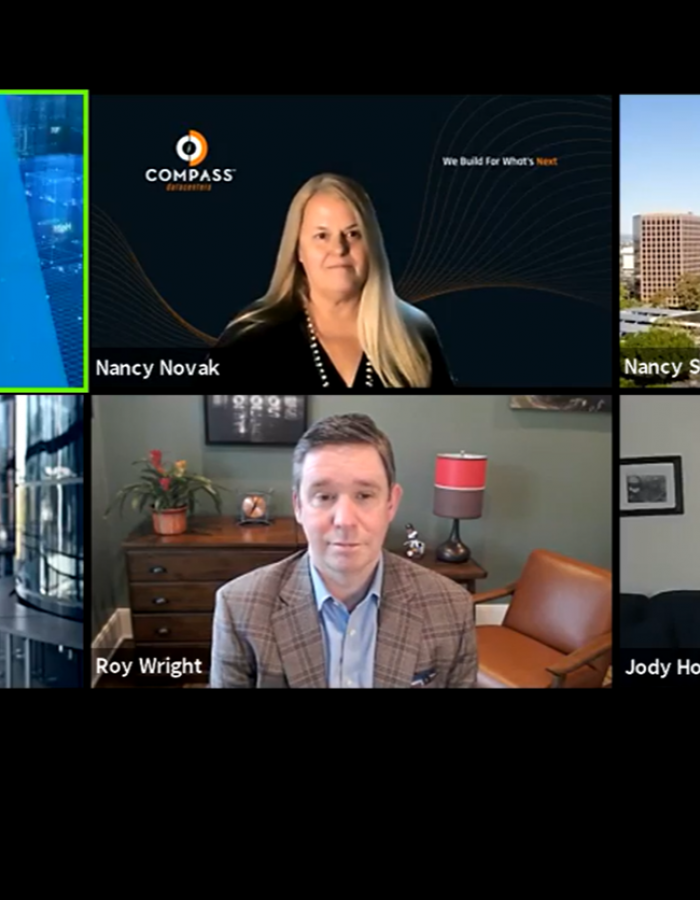Building Innovation: Who’s the 2024 Exceptional Woman in Building?
Pages:
File Size:
Given the gravity of manmade and natural hazard events of the last decade, designing buildings that not only offer resistance, but continue to function after a catastrophic event are significant challenges to government and the building industry. The National Infrastructure Advisory Council (NIAC) has recommended better understanding of the role of design and construction in infrastructure resilience.
Pages:
File Size:
Resiliency has become a growing concern in the national psyche. President Obama’s Climate Action Plan, the Hurricane Sandy Rebuilding Task Force’s Rebuilding Strategy and other high-profile documents call for the implementation of measures to improve resiliency. However, assigning who is responsible for implementing such resilience strategies is not clear-cut. Multiple agencies at multiple levels of government, along with the private sector and individual citizens, bear responsibility. Recognizing and aligning the diverse parties involved is a necessary step to achieving resilience.
Pages:
File Size:
This white paper, released by the Institute’s Multihazard Mitigation Council (MMC) and Council on Finance, Insurance and Real Estate (CFIRE) in October 2015, promotes the use of private and public incentives to achieve resilience in U.S. communities.
Pages:
File Size:

The National Institute of Building Sciences recently hosted a webinar to discuss the costs of the remote work world as a result of the COVID-19 pandemic.

News reports say Hurricane Dorian is expected to be a Category 4 storm with 140 mph winds and could land in Florida as early as this evening.
If this happens, Dorian would be the strongest hurricane to strike the east coast of Florida in nearly three decades. The last storm of this caliber was Hurricane Andrew in 1992.
The 2018 Atlantic hurricane season was the third consecutive season with above-average storms. These storms caused more than $50 billion in damages.

The situation in the Amazon has many feeling helpless.
Fortunately, there are ways you can help aid in the protection of the rainforest. And even more ways outlined by Public Radio International.

When it comes to protecting your home against flood, Mitigation Saves homeowners time and money.
This was the crux of a recent panel presentation that I participated in, during the Strengthening Coastal Counties Resilience Workshop in South Padre Island, Texas. The workshop was arranged by the National Association of Counties (NACo), with funding from the National Oceanic and Atmospheric Administration (NOAA), as part of a project to help counties think through how to improve resilience.

Why does synergy matter in disaster recovery, and who needs to be involved?
A panel recently addressed this, during a meeting organized by the International Code Council for a conference of the Texas General Land Office in Austin, Texas. The discussion focused on (1) building-code development (including applied research to quantify the value of modern building codes), (2) federal financial support for building-code adoption and enforcement, and (3) the role of state and local governments in actually adopting and enforcing codes.